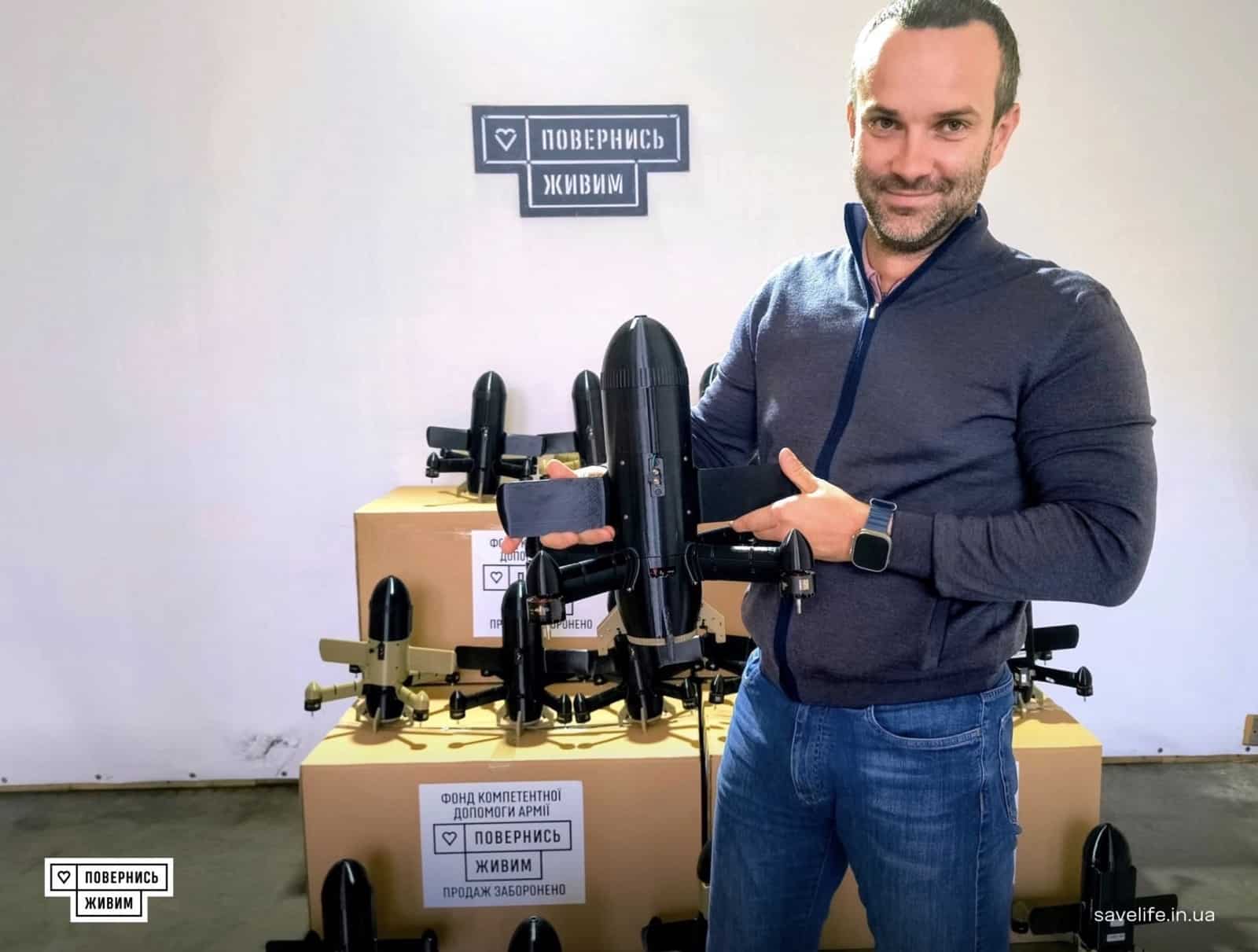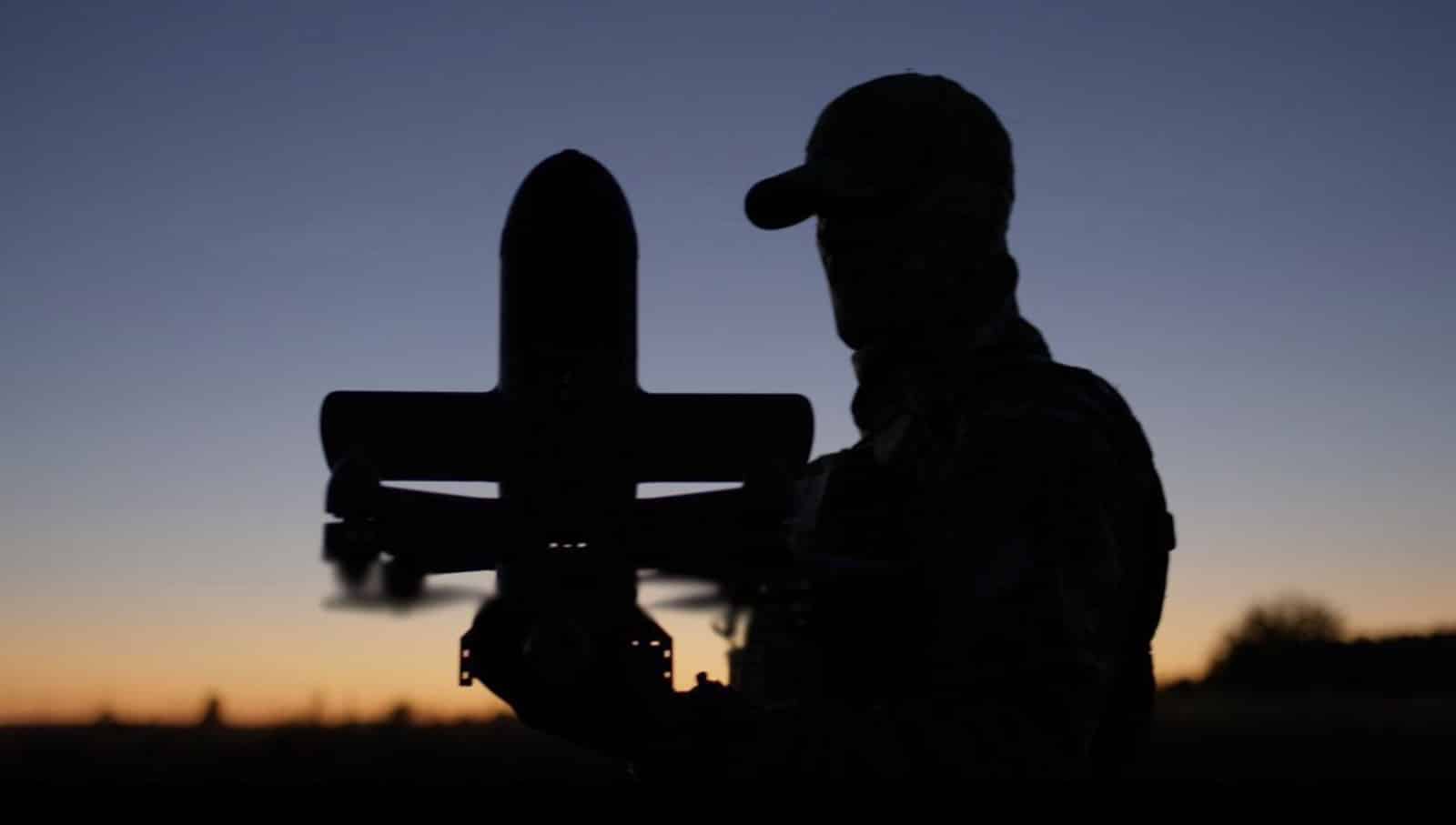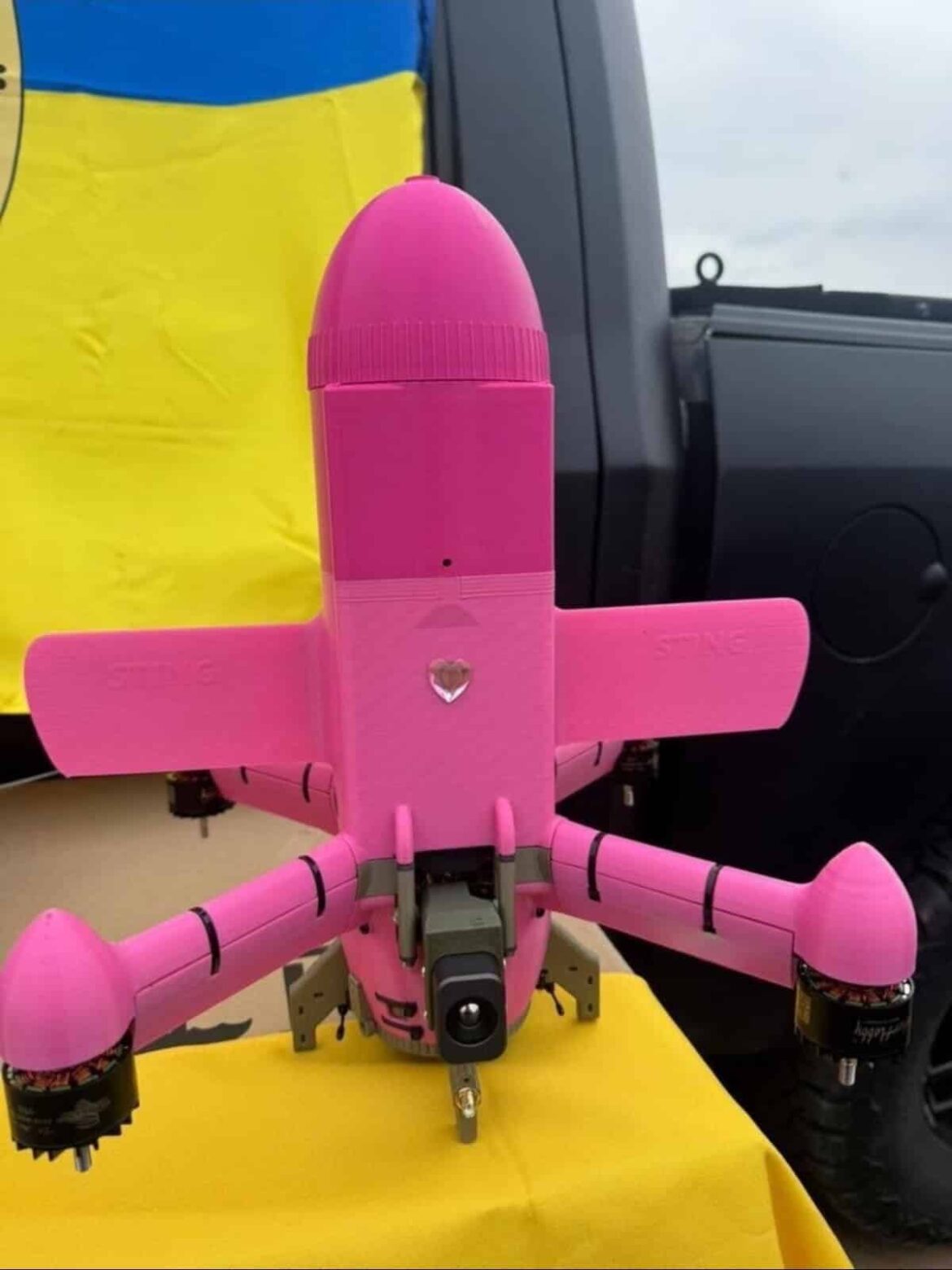Ukraine has transformed from military underdog into NATO’s leading drone warfare expert, with European allies now scrambling to adopt battlefield-tested tactics developed during the Russian invasion. At this week’s European Political Community Summit in Copenhagen, NATO countries formalized training partnerships and production deals to access Ukrainian drone technology that’s reshaping modern warfare.
The shift represents a stunning reversal of traditional military partnerships. Instead of NATO training Ukraine, alliance members are now learning from Kyiv’s combat experience fighting daily Russian drone attacks.
Denmark and Poland Launch Training Partnerships
Danish Prime Minister Mette Frederiksen put it bluntly at the Copenhagen summit: “The only expert right now in the world when it comes to anti-drone capacities is Ukraine, because they are fighting the Russian drones almost every day.”
NATO Secretary General Mark Rutte agreed, calling Ukraine “a powerhouse when it comes to military innovation and anti-drone technology.”
Ukraine deployed military specialists to Denmark on September 30 for joint exercises on countering drone threats, President Volodymyr Zelenskyy confirmed on social media. Poland followed suit, signing a memorandum on September 18 to establish a working group focused on drone warfare cooperation after Russian drones violated Polish airspace.


Photo credit: Wild Hornets
Mass Production Deals Bring Ukrainian Tech to NATO
The UK announced Project OCTOPUS on September 11, a partnership to mass-produce Ukrainian interceptor drones at a rate of thousands per month. These drones cost less than 10% of the Russian Shahed drones they’re designed to destroy, making them far more cost-effective than traditional air defense missiles.
Romania is moving quickly to establish joint drone production with Ukraine using €16.6 billion ($18.4 billion USD) in EU defense funding, Foreign Minister Oana Toiu told Reuters. Meanwhile, a Ukrainian delegation arrived in Washington this week to negotiate a potential $50 billion technology-sharing deal with the Trump administration that could deliver 10 million drones annually over five years.
Ukraine’s Battlefield Innovations Drive Demand
Ukraine’s rapid evolution from drone importer to global innovator stems from battlefield necessity. The country now produces 200,000 drones monthly, according to the Atlantic Council. Key innovations include the 15-kilometer (9.3-mile) “Drone Wall” that disrupts Russian advances along front lines and modified marine drones that shot down a Russian Su-30 fighter with Sidewinder missiles over the Black Sea on May 2.
Since August 2025, Ukraine’s long-range drone campaign has targeted Russian oil refineries and military sites deep inside Russia, causing fuel shortages and rationing in multiple regions.
Former Ukrainian Commander-in-Chief Valerii Zaluzhnyi emphasized that “Ukraine must compensate for its relative lack of resources by constantly introducing military innovations.”


Photo credit: Wild Hornets
DroneXL’s Take
We’ve been tracking Ukraine’s drone transformation since the invasion began, and this formal NATO recognition marks a watershed moment. Remember when Western officials worried about Ukraine’s ability to resist Russian conventional forces? Now those same allies are literally going to school on Ukrainian tactics.
The irony is hard to miss. NATO spent decades trying to bring Ukraine up to alliance standards. Three years of brutal warfare flipped the script entirely. Ukraine’s rapid iteration cycle—driven by real-time battlefield feedback—has lapped the sclerotic Western defense procurement system that takes years to field new systems.
This shift validates what we’ve argued for months: direct partnerships with Ukrainian manufacturers deliver better results faster than routing funds through traditional Western contractors. The UK’s Project OCTOPUS—producing thousands of interceptor drones monthly at a fraction of traditional costs—proves the model works.
But there’s a larger strategic story here. Russia’s invasion accidentally created Europe’s most advanced drone warfare laboratory. Every NATO member now benefits from Ukraine’s hard-won experience without paying the human cost. That makes continued support for Ukraine not just morally right, but strategically essential for the alliance’s future readiness.
What do you think? Share your thoughts in the comments below.
Photo credit: Wild Hornets
これをシェアしよう:
DroneXL.coをもっと見る
購読すると最新の投稿がメールで送信されます。


WACOCA: People, Life, Style.